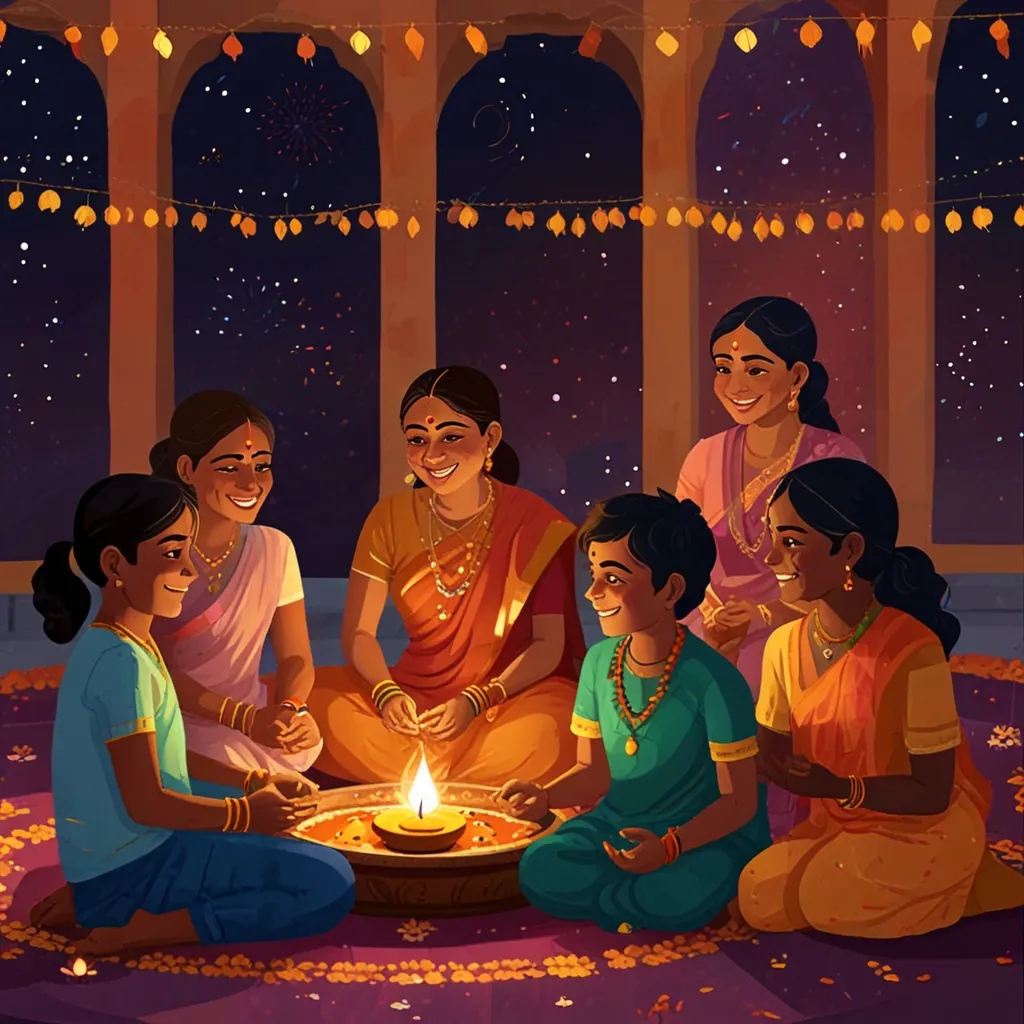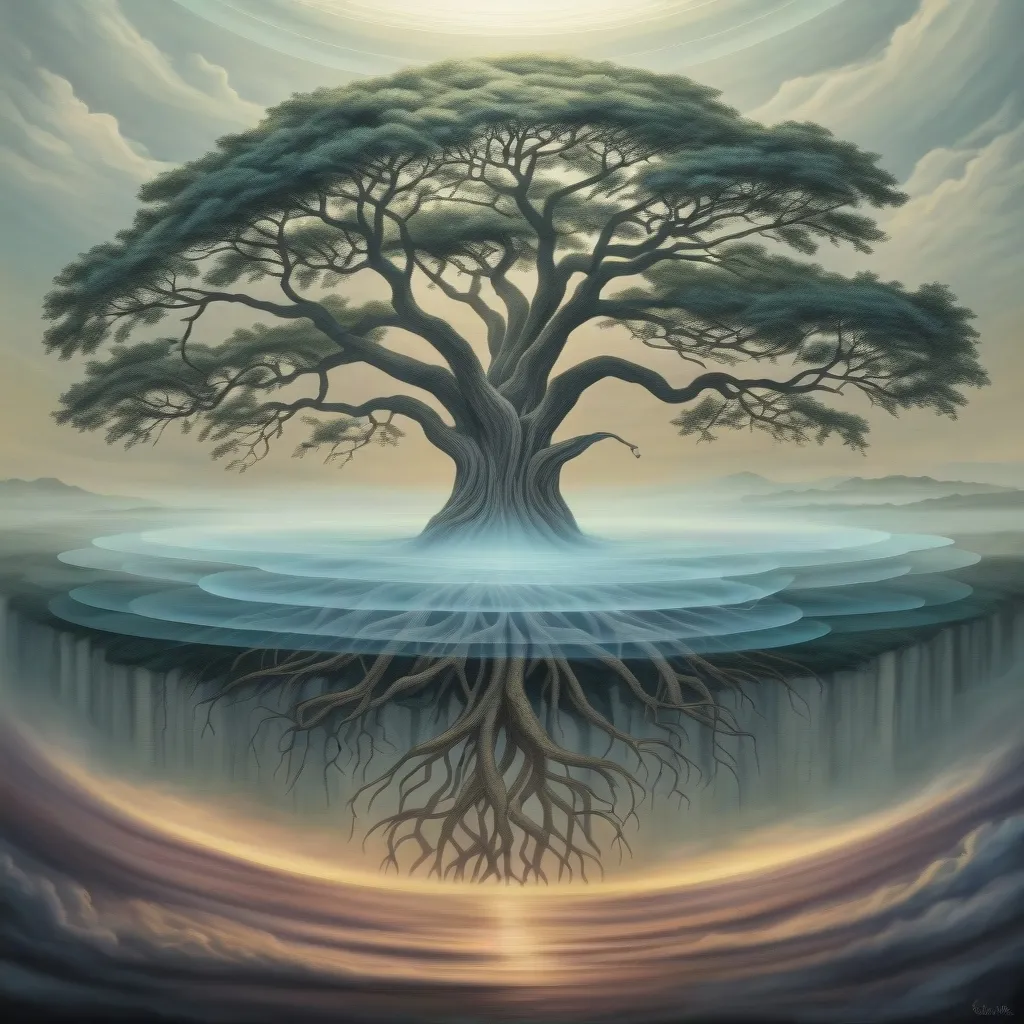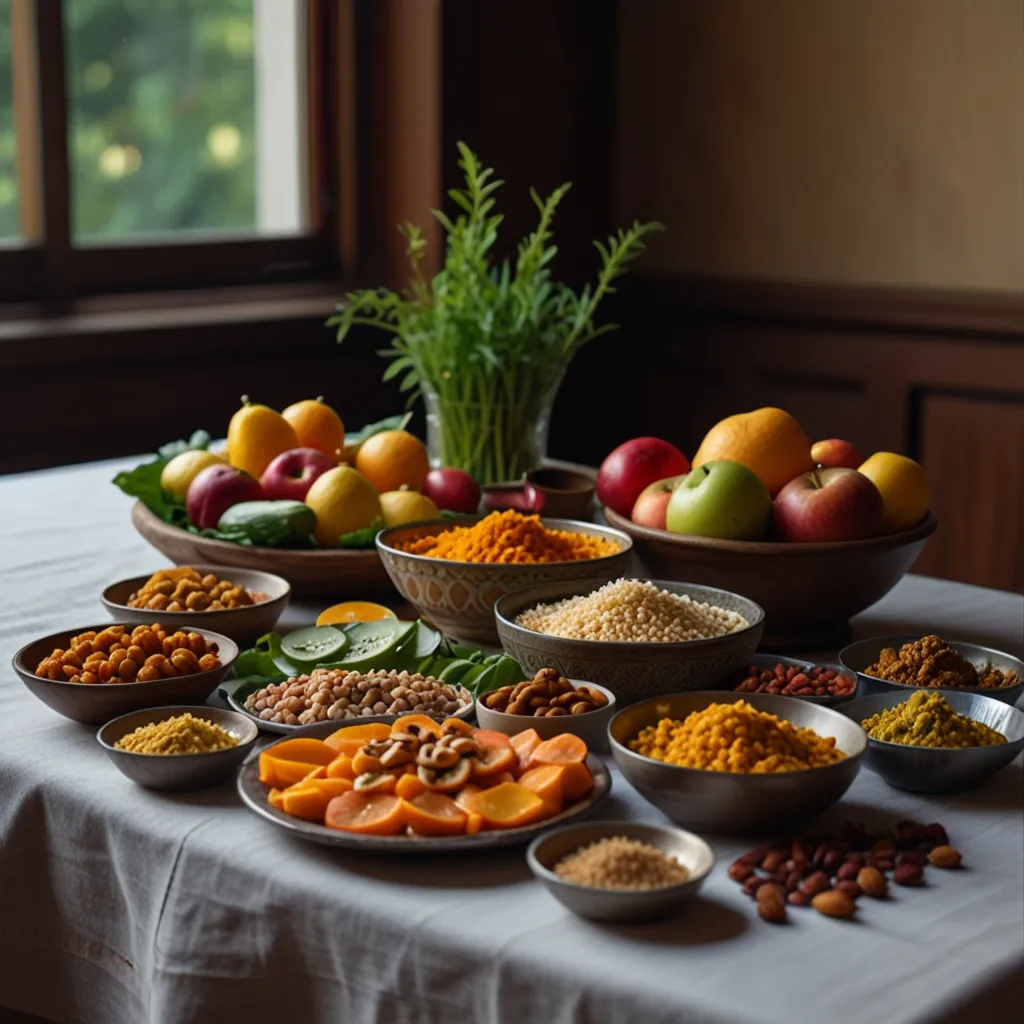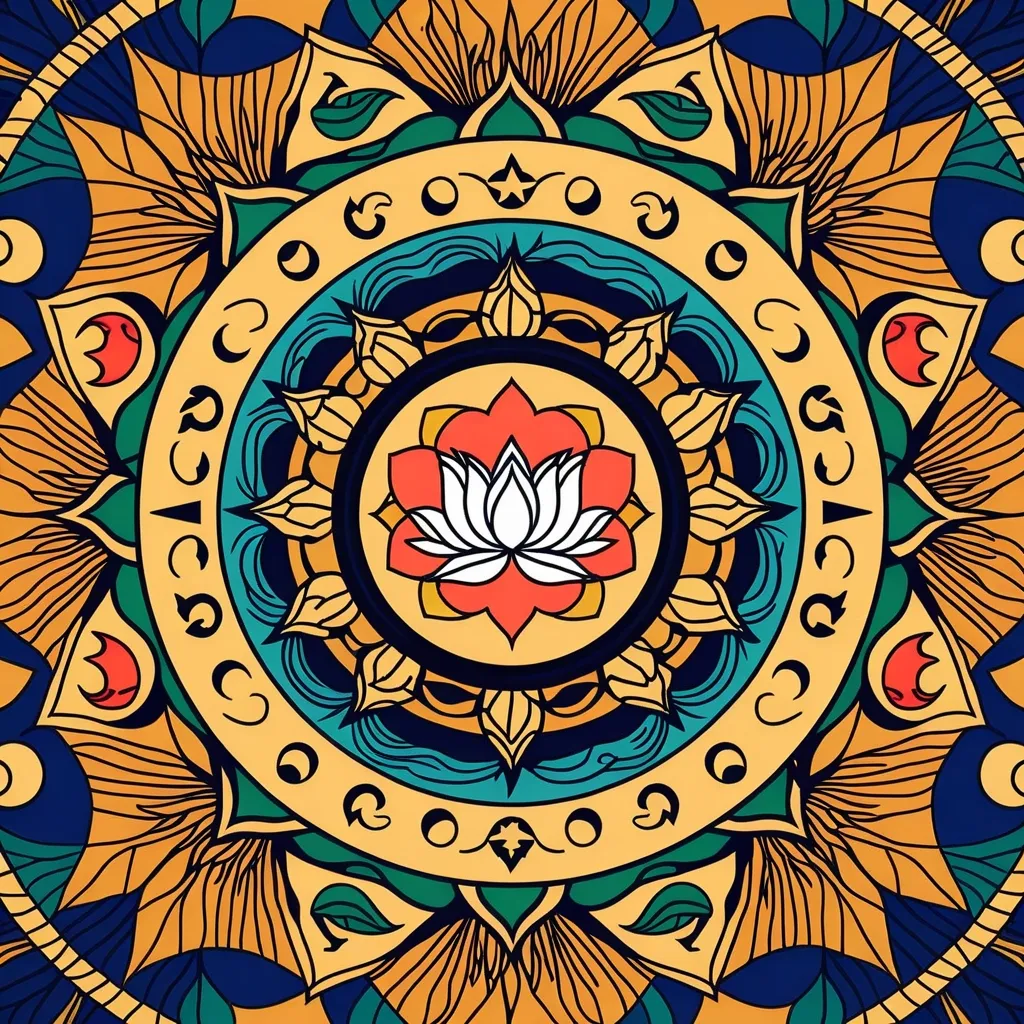Family and community hold a special place in Hinduism, shaping lives from childhood through rituals and practices. Kids learn early on about the importance of family bonds and community connections, especially during festivals like Diwali and Holi. These aren’t just big parties; they’re times to strengthen family ties and celebrate unity.
Hindu families involve children in religious rituals right from a young age. This early involvement helps kids grasp the deeper meaning of these practices, laying a strong foundation for their spiritual growth. Take the Sitala Maata Pooja, for example. Kids get to participate, which teaches them responsibility and respect for their culture and heritage.
But how these rituals are introduced really matters. If kids are forced to join in without understanding, they might end up resenting the practices. On the flip side, explaining the meaning behind the rituals and letting children join willingly sparks more enthusiasm and appreciation.
Communities also play a crucial role in Hindu life. Traditionally, different castes have specific roles, which has sparked plenty of debates about social inequality. Despite these issues, Hinduism emphasizes that all beings are divine. The idea of “Moksha,” or freedom from the cycle of rebirth, is a key concept. It suggests that anyone, regardless of caste or gender, can achieve spiritual enlightenment and connect with the ultimate reality, Brahman.
These days, many Hindus are seeking a balance between tradition and contemporary values. The focus is on creating a more inclusive and equitable society, making efforts to reinterpret ancient texts in ways that respect everyone in the community.
Education also plays a huge role. It’s important that textbooks offer a balanced view of Hinduism, highlighting its cultural richness and addressing its social challenges. This helps young people develop a positive and nuanced understanding of their religion and its place in the modern world.
In a nutshell, family and community are the heart of Hindu life. By promoting unity and inclusivity, and ensuring kids understand the true meaning of their religious practices, a stronger and more harmonious society can be built. This not only preserves Hinduism’s rich cultural heritage but also keeps it vibrant and relevant for future generations.






